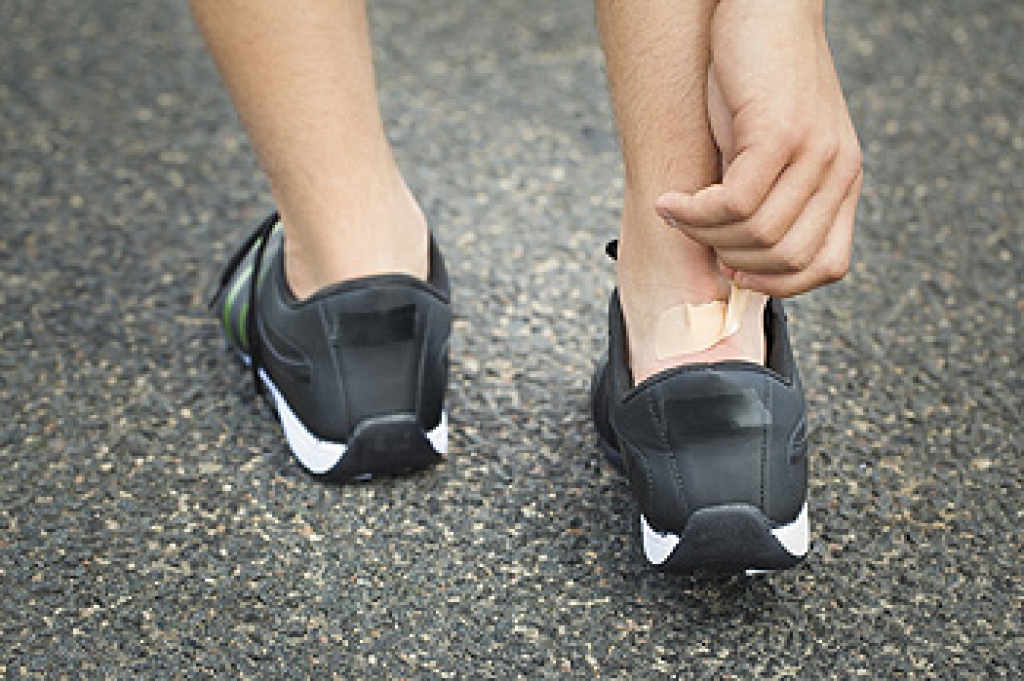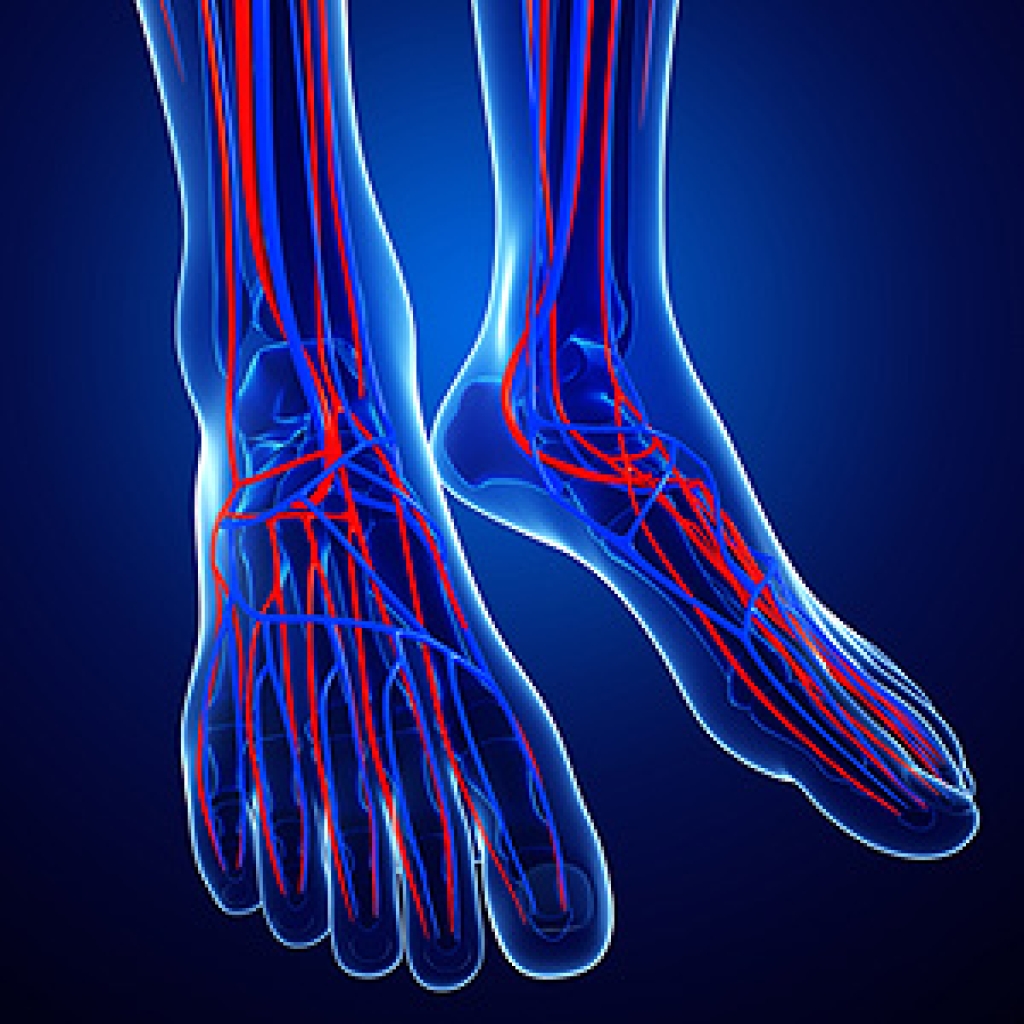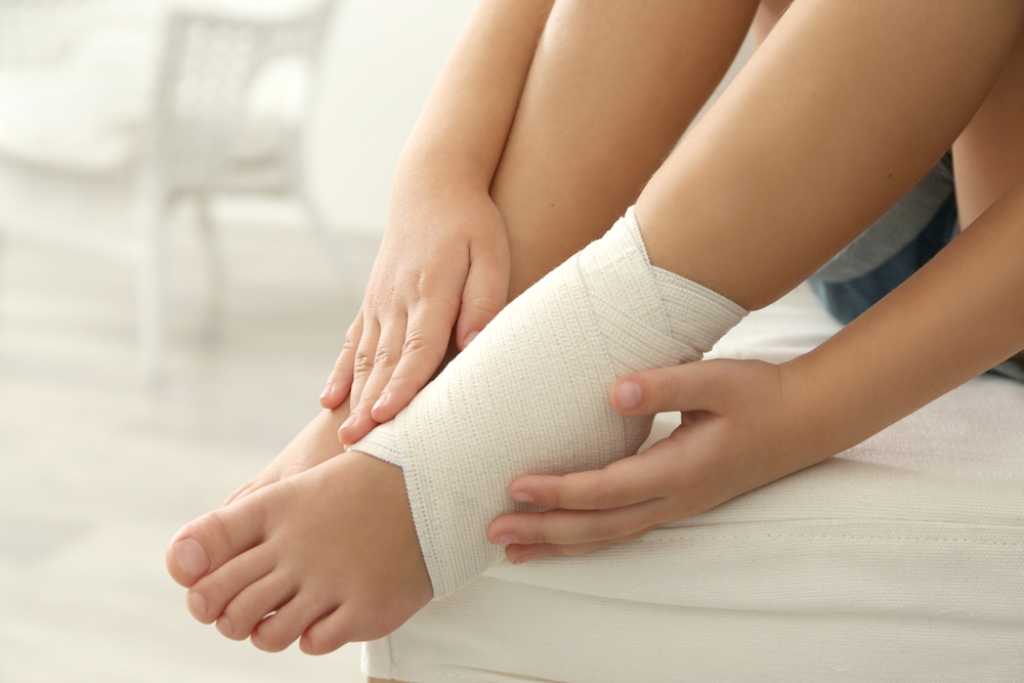 Ingrown toenails are common and seem to randomly appear, but there are triggers that cause this uncomfortable condition. Wearing the wrong shoes is one of the triggers that may cause ingrown toenails. Shoes that are too tight around the toe area put pressure on the front of your foot and push your toes inward. High heels are a prime example of narrow-toed shoes that can cause foot complications. Running or similar physical activities also put you at a higher risk for ingrown toenails, because there is repetitive pressure being applied to the toenail. Wearing the right shoes while participating in these activities will lessen the likelihood of an ingrown nail. Shoes with a wide toe box paired with socks that don’t constrict the foot are the best option for physical activities. If you have an ingrown toenail and are concerned about it, then it is recommended you speak with a podiatrist to properly treat it.
Ingrown toenails are common and seem to randomly appear, but there are triggers that cause this uncomfortable condition. Wearing the wrong shoes is one of the triggers that may cause ingrown toenails. Shoes that are too tight around the toe area put pressure on the front of your foot and push your toes inward. High heels are a prime example of narrow-toed shoes that can cause foot complications. Running or similar physical activities also put you at a higher risk for ingrown toenails, because there is repetitive pressure being applied to the toenail. Wearing the right shoes while participating in these activities will lessen the likelihood of an ingrown nail. Shoes with a wide toe box paired with socks that don’t constrict the foot are the best option for physical activities. If you have an ingrown toenail and are concerned about it, then it is recommended you speak with a podiatrist to properly treat it.
Ingrown toenails may initially present themselves as a minor discomfort, but they may progress into an infection in the skin without proper treatment. For more information about ingrown toenails, contact one of our podiatrists of APEX Foot & Ankle Center. Our doctors can provide the care you need to keep you pain-free and on your feet.
Ingrown Toenails
Ingrown toenails are caused when the corner or side of a toenail grows into the soft flesh surrounding it. They often result in redness, swelling, pain, and in some cases, infection. This condition typically affects the big toe and may recur if it is not treated properly.
Causes
- Improper toenail trimming
- Genetics
- Improper shoe fitting
- Injury from pedicures or nail picking
- Abnormal gait
- Poor hygiene
You are more likely to develop an ingrown toenail if you are obese, have diabetes, arthritis, or have any fungal infection in your nails. Additionally, people who have foot or toe deformities are at a higher risk of developing an ingrown toenail.
Symptoms
Some symptoms of ingrown toenails are redness, swelling, and pain. In rare cases, there may be a yellowish drainage coming from the nail.
Treatment
Ignoring an ingrown toenail can have serious complications. Infections of the nail border can progress to a deeper soft-tissue infection, which can then turn into a bone infection. You should always speak with your podiatrist if you suspect you have an ingrown toenail, especially if you have diabetes or poor circulation.
If you have any questions, please feel free to contact our offices located in Fort Myers, Shellpoint, and Naples, FL . We offer the newest diagnostic and treatment technologies for all your foot care needs.




